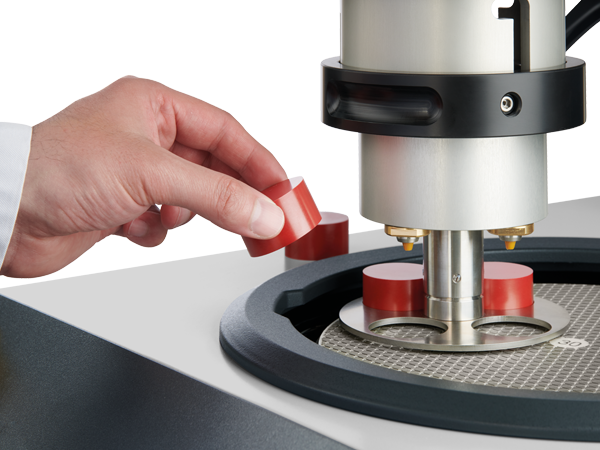views

Understanding the microstructure of metals and alloys is largely dependent on metallography. Accurate analysis under a microscope is made possible for researchers, engineers, and quality control professionals by their ability to properly prepare metallograpgic samples. In order to cut, grind, polish, and sometimes etch a specimen and disclose its real structure, the preparation procedure calls for specific tools and equipment. Although the science is exact, the tools are useful and made to guarantee consistent and trustworthy outcomes.
Machines For Cutting And Sectioning
The first step in sample preparation is to reduce the raw material to a workable size. To cut the required portion from a bigger workpiece without compromising the material's structural integrity, cutting and sectioning machines are used. These devices use precision saws, diamond blades, or abrasive wheels to cut precisely with little distortion. A sample's edges may exhibit deformation or heat damage if it is not carefully sectioned, which might obstruct subsequent measurements.
Mounting Tools
It is sometimes necessary to mount the sample after it has been cut to size in order to facilitate handling throughout the preparation procedure. The sample is covered in a resin or plastic using mounting presses, which come in both hot and cold versions. Cold mounting employs chemical resins that cure at room temperature, while hot mounting encapsulates the specimen using heat and pressure. In addition to safeguarding the specimen's edges, this procedure gives it a consistent shape that fits snugly into polishers and grinders.
Machines For Grinding
To create a smooth and level surface, the sample must be ground in the next step. Abrasive sheets with varying grit sizes are included with grinding equipment. The operation usually begins with coarse grit to remove a lot of debris and progresses toward finer grits for a smoother finish. While hand grinding may still be employed for smaller or more specialized applications, automated grinders are often utilized in labs to standardize results. Because uneven or damaged surfaces may obscure crucial microstructural information, proper grinding is crucial.
Units For Polishing
The sample surface has to be polished to a mirror-like sheen after grinding. Cloths impregnated with fine abrasives, such as diamond paste or alumina suspensions, are used in polishing equipment. Because it eliminates the last layer of scratches from grinding and highlights the contrast required for microscopic examination, the polishing step is crucial. Automated polishing machines that maintain constant pressure and speed are used in some labs to minimize human error and guarantee repeatability. This equipment is essential for accurate findings since a badly polished surface might offer incorrect perceptions of the metal's phases or grain boundaries.
Materials & Tools For Etching
Under a microscope, polishing alone renders the surface featureless. Samples are often etched using metal-specific chemical solutions to expose the microstructure. By focusing on certain regions of the material, such as inclusions, phases, or grain boundaries, etching creates contrast. However, the chemicals are straightforward; etching calls for safety gear like fume hoods and protective gloves in addition to precise application instruments like droppers, swabs, or immersion settings. Many important structural elements are undetectable without etching.
Imaging Systems And Microscopes
The last step of preparation is examination, and the main instrument for this is a microscope. While scanning electron microscopes (SEM) may be utilized in more sophisticated procedures for greater resolution and detailed imaging, optical microscopes are often employed to investigate polished and etched objects at different magnifications. In order to collect, analyze, and share data, many labs now include digital imaging equipment with their microscopes. Although they are not a direct component of the preparation process, microscopes confirm that all of the earlier processes were successful.
Conclusion
It takes a meticulous fusion of art and science to prepare a metal specimen for examination. To ensure that the microstructure can be investigated without distortion, every tool—from the first cutting machine to the polishing unit and microscope—plays an important function. Those who prepare metallographic samples on a daily basis know that having the proper tools not only facilitates the procedure but also ensures reliable results. Metallographers and material scientists may better understand the characteristics of metals and alloys by becoming proficient with these crucial tools, which will help developments in a variety of sectors, including manufacturing and aerospace.










